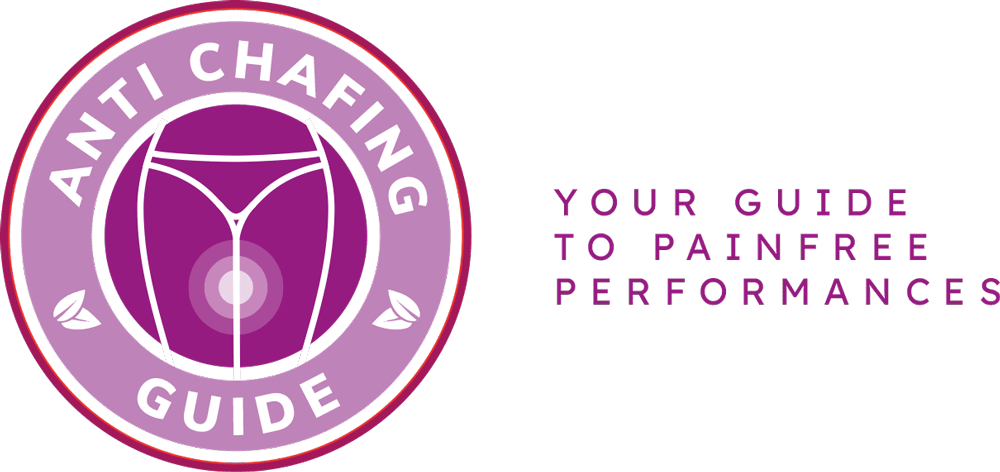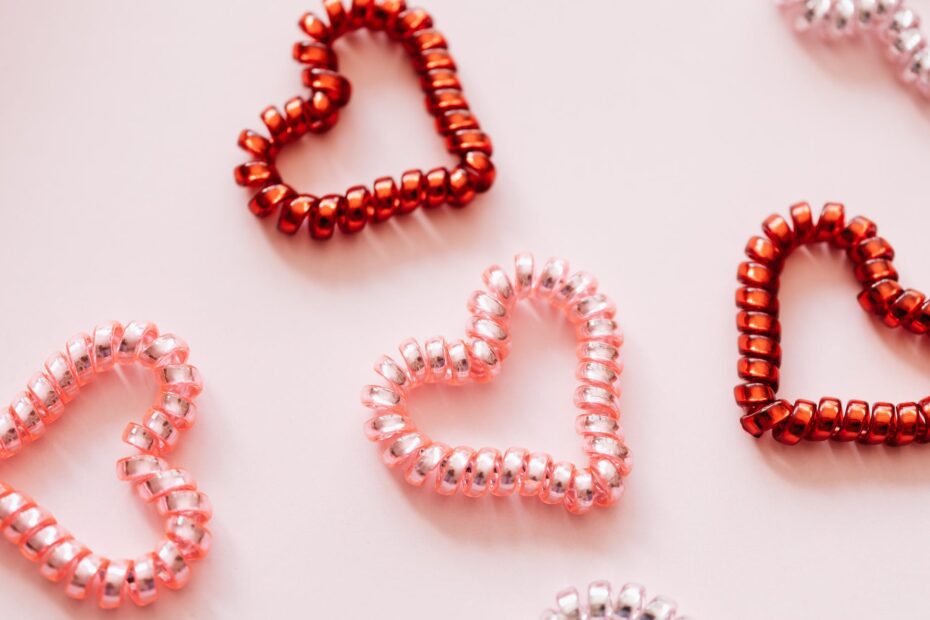Are you tired of dealing with diaper rash and chafing? Look no further than the magical powers of baby powder! In this article, we will dive deep into the world of baby powder and uncover its superpowers when it comes to relieving diaper rash and chafing.
Baby powder has long been hailed as a go-to solution for diaper rash in babies. Its gentle and soothing properties help to alleviate irritation and redness, providing much-needed relief for your little one. The fine particles of the powder create a protective barrier on the skin, keeping it dry and preventing further irritation. It’s like a superhero cape for your baby’s delicate bottom!
But baby powder’s chafing-relief superpowers are not limited to just babies. Adults can also benefit from its magical properties. Whether it’s chafing caused by tight clothing, sports activities, or even hot and humid weather, baby powder can come to the rescue. The silky smooth texture of the powder helps to reduce friction, keeping your skin comfortable and free from irritation.
However, it’s important to note that while baby powder can work wonders, there are also potential risks associated with its use. Inhalation of the powder can be harmful, especially for babies, as it can cause respiratory issues. It’s crucial to use baby powder sparingly and avoid applying it directly to the baby’s face. Additionally, some baby powders may contain talc, which has been linked to health concerns. Opt for talc-free alternatives to ensure the safety of your little one.
So, whether you’re a parent looking for diaper rash relief or an adult seeking chafing comfort, baby powder can be your secret weapon. Just remember to use it wisely, sparingly, and always prioritize the safety of your loved ones. Say goodbye to chafing woes and hello to the soothing powers of baby powder!
Baby Powder and Diaper Rash
Diaper rash is a common concern for parents, but did you know that baby powder can be a powerful ally in preventing and treating this uncomfortable condition? Baby powder works by creating a protective barrier between your baby’s delicate skin and the moisture that can cause irritation. Its fine particles absorb excess moisture, keeping the area dry and reducing the risk of diaper rash.
To use baby powder effectively, start by making sure your baby’s bottom is clean and dry. Then, sprinkle a small amount of powder onto your hand and gently apply it to the diaper area. Be careful not to use too much, as this can lead to inhalation risks. It’s also important to avoid applying powder directly to broken or irritated skin, as it may further aggravate the rash.
When choosing a baby powder, opt for a talc-free formula to minimize the risk of respiratory issues. Look for products that are specifically designed for babies and have been dermatologist-tested for safety. Remember to always store baby powder out of your child’s reach and discontinue use if you notice any adverse reactions.
| Benefits of Baby Powder for Diaper Rash: | Tips for Safe and Effective Use: |
|---|---|
|
|
By understanding how baby powder can help prevent and treat diaper rash, as well as following the tips for safe and effective use, you can provide your little one with relief and comfort. Remember, always consult with your pediatrician if you have any concerns or questions about using baby powder for diaper rash.
Baby Powder for Chafing Relief
When it comes to chafing relief, baby powder can be a game-changer for both babies and adults. The potential benefits of using baby powder to alleviate chafing discomfort are worth exploring. Whether you’re a parent looking for a solution for your little one or an adult dealing with chafing issues, baby powder might just be the answer you’ve been searching for.
One of the main benefits of baby powder is its ability to absorb moisture and reduce friction. This can be particularly helpful in areas prone to chafing, such as the inner thighs, underarms, and groin. By keeping the skin dry and smooth, baby powder can help prevent chafing and provide relief from existing discomfort.
However, it’s important to use baby powder with caution. Avoid applying it directly to broken or irritated skin, as this can cause further irritation. Instead, sprinkle a small amount onto your hands and gently pat it onto the affected area. Remember to keep the powder away from your face to avoid inhalation.
Overall, baby powder can be a valuable tool in the fight against chafing. Whether you’re using it for your baby or yourself, following these precautions and using it as directed can help you experience the potential benefits without any unnecessary risks.
Frequently Asked Questions
- Is baby powder safe for babies?
Yes, baby powder is generally safe for babies when used correctly. It helps to keep their skin dry and prevent diaper rash. However, it’s important to use talc-free baby powders as talc can be harmful if inhaled. Always apply a thin layer of powder and avoid using it on broken or irritated skin.
- Can baby powder be used by adults?
Yes, baby powder can be used by adults as well. It can help reduce friction and moisture, providing relief from chafing in areas such as underarms, thighs, and feet. However, it’s recommended to choose a talc-free powder and avoid using it on sensitive or broken skin.
- How should baby powder be applied?
To apply baby powder, shake a small amount into your hand or onto a clean surface. Gently pat or rub the powder onto the desired area, ensuring it is evenly distributed. Avoid applying excessive amounts and keep the powder away from the baby’s face to prevent inhalation.
- Can baby powder help with chafing?
Yes, baby powder can help alleviate chafing discomfort. It absorbs moisture and reduces friction, providing a soothing effect on the affected areas. However, it’s important to address the underlying cause of chafing, such as wearing appropriate clothing and maintaining proper hygiene.
- Are there any risks associated with using baby powder?
While baby powder is generally considered safe, there are some risks to be aware of. Inhalation of talc-based powders can potentially cause respiratory issues, especially in infants. It’s advisable to opt for talc-free powders and avoid using them on broken or irritated skin. If any adverse reactions occur, discontinue use and consult a healthcare professional.


Keith is originally from Truckton, Colorado. The 54-year-old cared for his overweight wife for many years. Keitch is also a freelance editor at antichafing.net and supports the team as a competent advisor. In his spare time Keith enjoys reading books, visiting his homeland and is a passionate product tester for well-known manufacturers.

